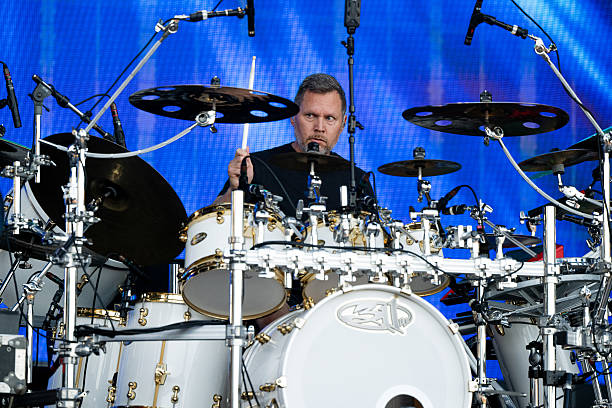In basements, studios, and sound checks, drummers are starting to do something different. Instead of playing patterns written by someone else, they’re writing their own Drum Beats. And in that act, something shifts. It’s not just rhythm, it’s identity.

Writing your own drum beats isn’t about showing off chops or trying to be different for the sake of it. It’s more personal than that. It’s about digging into what feels natural, what grooves in your bones, and letting that guide the sticks. For many, it starts with a loose idea, a hesitant kick, a messy snare ghost note, or maybe just an unexpected silence that suddenly feels like part of the rhythm.
These moments don’t arrive perfectly formed. They take shape over time, through trial and error, through hours spent looping a section, trying something just a little off-center. A great beat doesn’t need to be flashy. It needs to feel alive. The best ones often come from instinct rather than calculation. They speak because the drummer behind them was listening to the song, to their own pulse, maybe even to the space between the notes.
Ask any drummer who writes their own grooves and they’ll tell you: it’s not just about playing. It’s about listening inward. Some describe it as a kind of journaling, only in rhythm. When it’s honest, a beat tells a story long before any lyrics do. It doesn’t just drive the track, it gives it color, shape, breath.
That said, originality doesn’t mean starting from scratch. Most drummers who carve out their own sound spend years studying the ones who came before. They listen closely to players like Clyde Stubblefield, Elvin Jones, and Sheila E. Not to mimic them, but to understand their choices. Why did they leave space where others filled it? Why did they turn restraint into power? Why their grooves linger in memory.
What you learn, if you listen long enough, is that subtraction can be more powerful than addition. Sometimes, the boldest thing a drummer can do is leave something out. Those moments of stillness: the rests, the held-back hits, can make a beat breathe in ways that nonstop playing never will. In a music world where noise often wins, playing less is a quiet kind of rebellion.
Producers know this. Many will tell you a great groove can shape a song’s entire direction. Long before the vocal hook is written, a tight, original beat can give the track its pulse. It’s often the first thing that sticks in the body, even if the listener doesn’t consciously know why.
Behind every beat that moves people is a drummer who sat down, alone, and worked through the awkward takes, the dead ends, the near-misses. They played the same loop over and over until something clicked. And when it did, it wasn’t just rhythm, it was recognition. This is mine.
That’s the beauty of writing your own drum beats. It’s not about being the loudest or the fastest. It’s about telling the truth, your way. In a landscape full of templates and tracks that blur together, an original groove cuts through. It says something. And more than that, it feels like something.
Because when you write a beat that’s truly yours, you’re not just keeping time. You’re leaving a mark.
